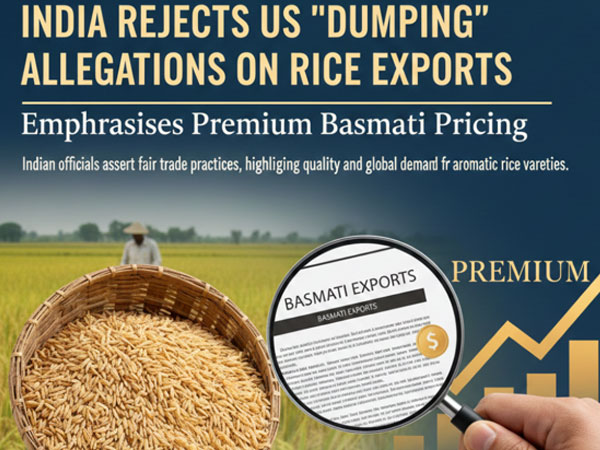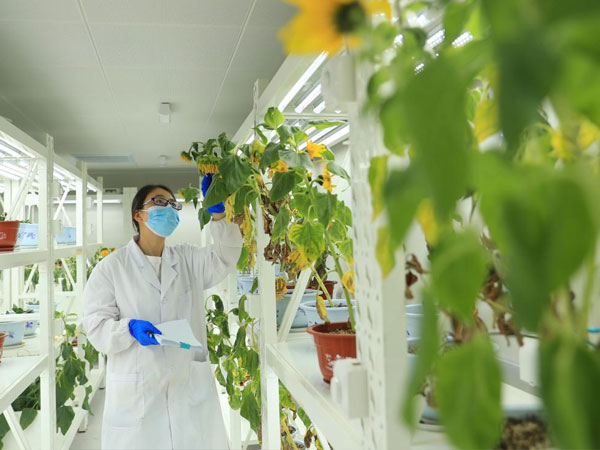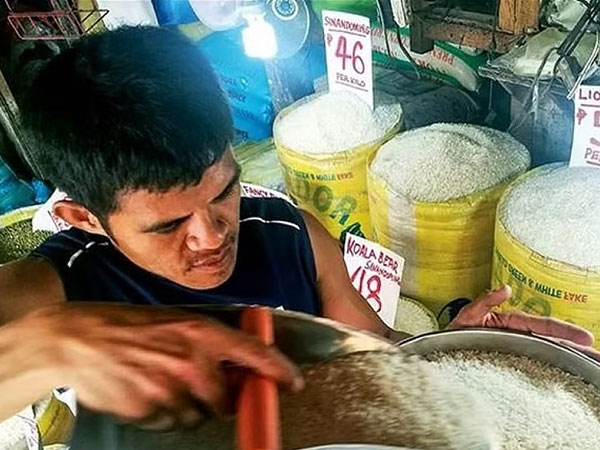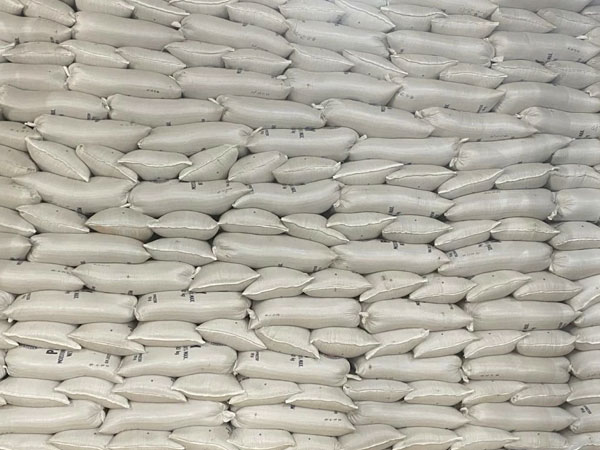Four years after its enactment, Republic Act 11203 or the Rice Tariffication Law (RTL) necessitates a peek on how it impacted Filipino rice farmers and the Filipinos in general. It can be done best by gauging its impact according to its objectives. Take note that there was a rice supply shortage during the pandemic.
INTENT AND IMPACT
One objective is availability of rice in the domestic market among the greater Filipinos where small and big producers, including traders can participate especially in rice imports where prices are expected to go down. Third, it will make the domestic market operate with efficiency and effectiveness with less government intervention.
The Philippines is a signatory to the General Agreement of Tariffs and Trade where agricultural products’ tariffs are gradually reduced to protect farmers from the influx of imports and provide opportunity to earn from the world market. It lifted restrictions on rice exports so farmers can do so with their “quality” rice production. Quite ambitious.
It is ambitious because the current state of the Philippine rice industry is in a developing phase where rice production is way behind neighboring rice-producing countries. Developing farm terrains and paddies, skills and technology, and research and development, are what the government must have undertaken rather than crafting the law.
Rice is our staple and is consumed so widely where its importance for most of us is indispensable. I say, most because there are many in this country belonging to the upper strata who do not eat rice for health and dietary reasons but not as an issue of affordability.
RTL AFTER 4 YEARS
To date, let me highlight some of the major developments. The law allocates 10 billion pesos for rice farmers, channeled to the Rice Competitiveness Enhancement Fund (RCEF), intended for the acquisition of farm machinery and equipment for productivity and competitiveness. The fund is derived from tariff revenues of rice imports. There are other components such as seed development for lower production cost and higher productivity.
The department of agriculture reportedly distributed 3 million sacks of hybrid seeds covering more than one million hectares of rice farms. Moreover, mechanization is another highlight of the law that the department claimed distributed more than 1000 machines out of its 3000 target to more than 600 cooperatives around the country. Hundreds of millions of pesos were extended to close to 100 cooperatives since 2019 for credit assistance programs and scholarship grants.
IBON Philippines, a think-tank and advocacy group, assails that after four years the Filipino rice farmers’ income shrank by 40 percent. It renewed its call to junk the law because “it has failed to deliver on the promise of boosting farmers’ incomes and worsened the country’s import dependency. Its analysis is, “rice farmers income reduced from more than 30,000 pesos to less than 20,000 per hectare per crop after the RTL was enacted.”
Filipino rice farmers’ conditions worsened because of the effect of global inflation and their purchasing power further decreased. It also argues that the government “lacks the interest” in supporting local production in the long run and farmers will plunge to an import-dependent mindset.
TAKE-AWAYS
After one year of its implementation the farmers lost close to 70 billion and its inception was triggered by the declining supply of rice as staple for Filipinos without considering a long-term framework of a sustainable rice production for food security and socio-economic stability of Filipino rice farmers.
Clearly, the RTL is one major stroke for trade liberalization. It was crafted when we were suffering from lack of supply, that lawmakers and the government were thinking of an immediate and a palliative solution. Importation was the easiest way where rice farmers hit bottom low by palay price at 7 to 10 pesos per kilo.
Fast forward to today, a 50-kilo sack of rice is at 2,500-3,000 with not less than 45 pesos per kilo, its quality suspect. Rice farmers still clamor over the lack of government assistance at even higher decibels, manifesting that goals of the law are far from being achieved and rice production input increased by at least 25 percent.
In 2019 we were the world’s top importer of rice and continue to hold on to that spot despite being labeled as an agricultural country and rice being a major crop. One solid record to break.*














© Copyright 2025 The SSResource Media.
All rights reserved.